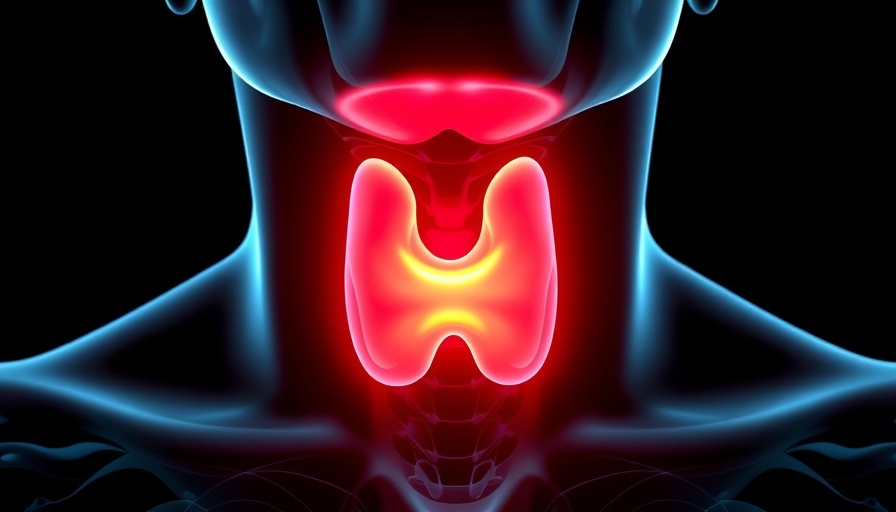
Understanding the Push Against Ultraprocessed Foods
In recent months, a surprising shift has emerged across the political landscape as both Republicans and Democrats unite for a common cause: targeting ultraprocessed foods. This bipartisan effort seeks to redefine what constitutes unhealthy food and aims to create a healthier future for America's children.
Why Ultraprocessed Foods Matter
Ultraprocessed foods, typically containing high levels of sugar, salt, and unhealthy fats, have come under scrutiny due to their health implications. Studies link these foods to obesity, heart disease, and even mental health concerns. With a staggering amount of calories consumed by Americans coming from these products, it raises alarms about public health.
A Surprising Alliance for Health
Figures like California Republican James Gallagher and Democratic Assembly member Jesse Gabriel have set aside political differences to promote healthier school meals. As Gallagher states, "Our kids are suffering from an epidemic of obesity,” echoing sentiments that have turned what once seemed like a left-leaning agenda into a shared priority across the aisle.
Regulatory Challenges and Concerns
Despite enthusiastic voter support for these measures, there is concern from food industry representatives about the potential fallout of a strict definition of ultraprocessed foods. Labels on foods like veggie burgers and canned vegetables could confuse consumers, inadvertently leading them to avoid nutritious options.
The Future: Healthier Choices for All
Legislation proposed in California includes defining ultraprocessed foods and prioritizing limited access to particularly harmful items in schools. Supporters hope this will inspire nationwide change among food manufacturers, ultimately shaping a healthier food environment not just for children, but for all consumers.
The conversation about food quality has expanded, prompting various states to take action. If these initiatives succeed, they could redefine what Americans eat, improving public health and influencing future food policies across the country.
For those interested in improving their wellness profile, particularly in matters of mental health, supporting these initiatives can lead to better food choices and a stronger community awareness about nutrition. By advocating for healthier regulations, we not only protect our children but also nurture a healthier nation.
 Add Row
Add Row  Add
Add 



Write A Comment